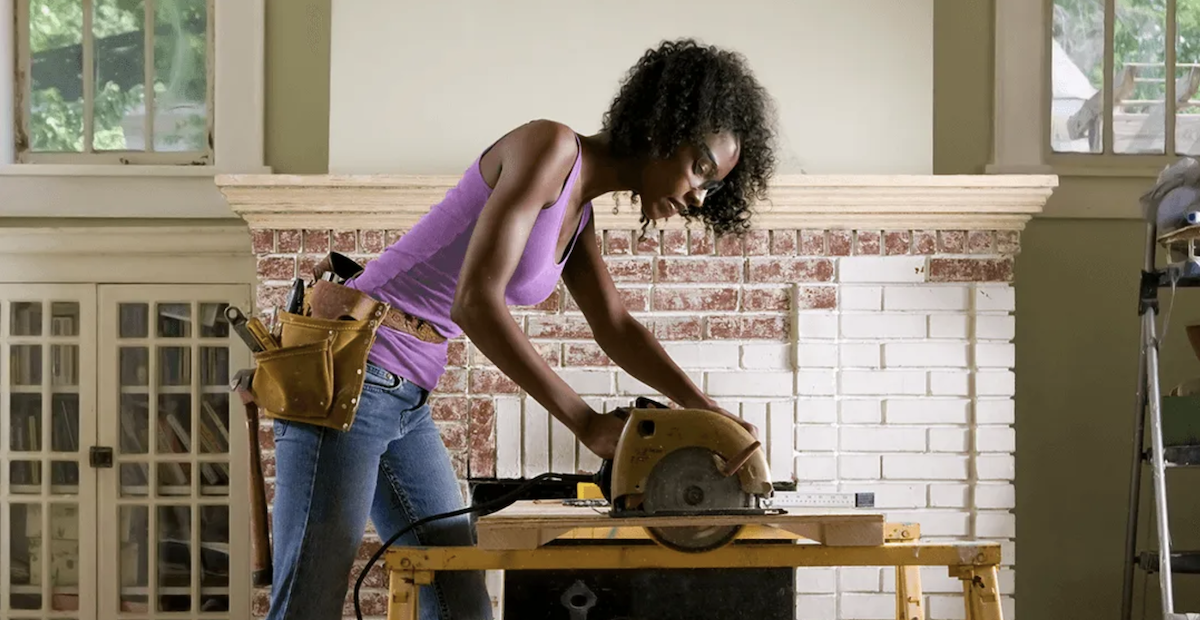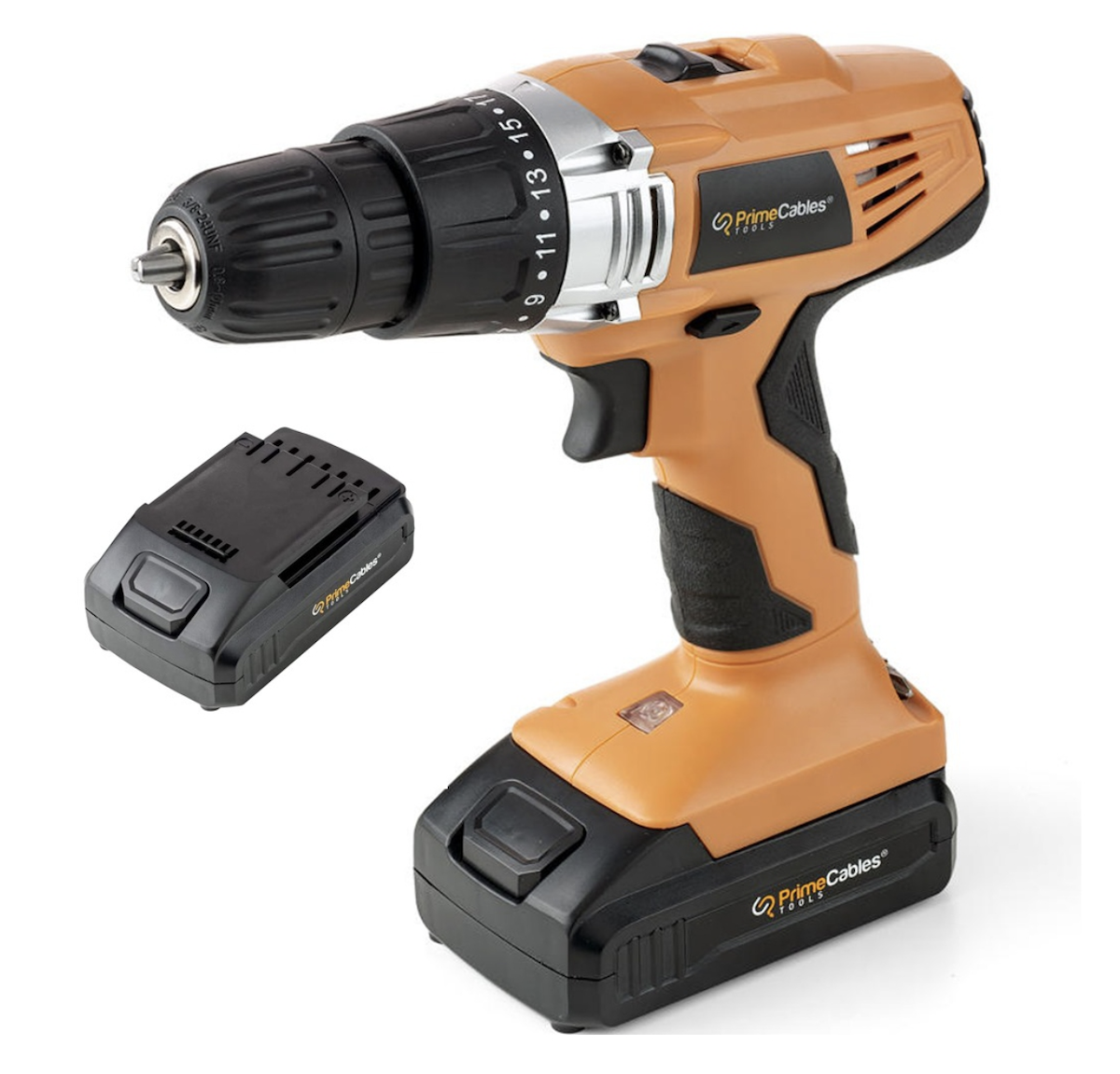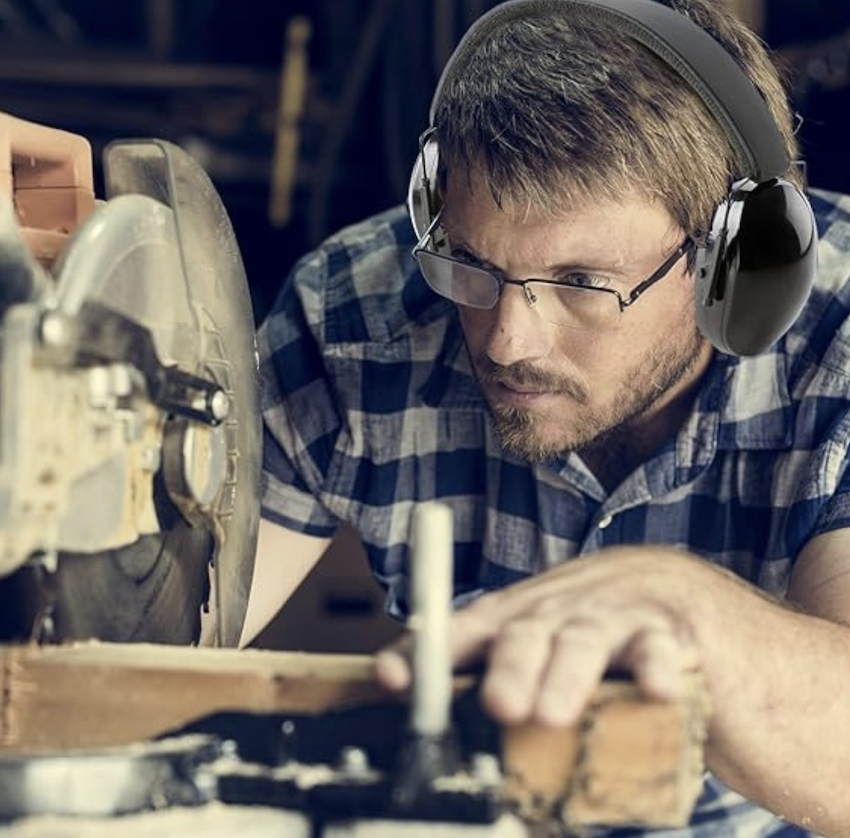
Embarking on the journey of DIY projects, home repairs, or woodworking can be thrilling and empowering. Whether you’re looking to hang a picture frame, build a birdhouse, or embark on a full-scale home renovation, the journey starts with learning about the tools you need to complete your projects. This guide is your first step towards becoming a confident DIYer. Explore essential hand tools for your home, delve into power tools that make tough jobs a breeze, and learn about the importance of safety gear to ensure your crafting projects are not just successful, but also safe. So, roll up your sleeves, and let’s get started on this journey of turning your home into a canvas of your craftsmanship.
Table of contents
Hand tools
Stepping into the world of DIY and home repair, one quickly learns the value of a well-equipped toolbox. For beginners, understanding and assembling a collection of essential hand tools is the first step towards mastery in home improvement and repair tasks. Hand tools are the building blocks of any project, from simple repairs and adjustments to creative endeavours and complex constructions. Classic tools like the hammer, screwdriver, and wrench not only help in accomplishing tasks but also connect you to the timeless craft of manual work.
Screwdrivers
At the heart of every toolkit lies the humble yet mighty screwdriver. This tool is the unsung hero of many DIY projects, from assembling furniture to fixing a loose door hinge. A comprehensive set typically includes a variety of sizes and types, such as flathead, Phillips, Torx, and sometimes Allen (hex) heads. Look for screwdrivers with ergonomic handles that reduce hand fatigue and ensure a firm grip. Magnetic tips are a bonus, as they hold onto screws, making your work more efficient. Investing in a quality set of screwdrivers opens the door to a myriad of possibilities in home repair and creative projects.
Hammer
A classic claw hammer is a versatile tool that can be used for driving nails, assembling furniture, and minor demolition tasks. The claw side is designed for prying out nails. When choosing a hammer, focus on the balance and grip. A good hammer has a comfortable grip and a balanced feel in the hand, reducing wrist strain. Hammers come in different sizes. As a beginner, look for a 16-ounce hammer. This size is neither too heavy for basic tasks nor too light for the occasional demanding job.
Tape measure
A tape measure serves as the foundation for accuracy in numerous projects. A sturdy, retractable tape measure, typically around 25 feet in length, is ideal for a broad range of applications, from small indoor tasks to larger outdoor projects. When selecting a tape measure, look for one with a wide, flexible blade that stands out without bending, making it easier to measure long distances single-handedly. The markings should be clear and easy to read, featuring both metric and imperial units for versatility. A robust lock mechanism is also essential to hold the tape in position securely. For solo measurements, a magnetic hook at the end is a bonus as it sticks to metal surfaces, allowing for more accurate and effortless measurements.
Wrenches

Wrenches provide the necessary leverage and grip for tightening and loosening bolts and nuts. The most common types useful for beginners include adjustable wrenches and combination wrenches. An adjustable wrench has a movable jaw, allowing it to fit a wide range of nut and bolt sizes, which is particularly useful for tackling various household and automotive repairs. Combination wrenches, with an open-end and a box-end, offer versatility; the open-end is great for quick, less precise work, while the box-end provides a better grip and can apply more torque. Look for a set that includes both metric and imperial sizes to cover most common applications. Wrenches are fundamental for any DIY projects involving assembly, maintenance, or repairs where nuts and bolts are involved.
Utility knife
A utility knife is invaluable for cutting through materials like cardboard, wallpaper, rope, vinyl, and even carpet. A good utility knife is a cornerstone in a DIY toolkit. Look for a knife with a comfortable grip and an easy blade-changing mechanism. Features like retractable blades offer safety when not in use and adjustable blade lengths can suit different cutting depths. Some utility knives also come with onboard blade storage, which is convenient for quick blade changes.
Pliers
Pliers are used to grip, twist, cut, and bend various materials. A basic set should include long-nose pliers for precision work and reaching tight spaces, combination pliers for general gripping and cutting, slip-joint pliers for adjustable sizing, and diagonal pliers for cutting wires and small metals. Locking pliers (Vise-Grips) are especially useful for holding items firmly in place. When selecting pliers, prioritize those with a comfortable, non-slip grip to reduce hand fatigue, and ensure they have a smooth opening and closing action for ease of use.
Level
A level ensures your projects are perfectly aligned. It’s essential for tasks like hanging pictures, installing shelves, or any job where true vertical or horizontal alignment is key. A standard 24-inch level is a great size for most home projects, being long enough for accuracy yet compact for ease of use. Look for a level with clear, easy-to-read bubble vials, which indicate when a surface is perfectly horizontal (level) or vertical (plumb). Some levels come equipped with magnetic edges, handy for hands-free use on metal surfaces. Additionally, modern levels might feature digital displays for an even more precise reading.
Putty knife
A putty knife is an incredibly useful tool, particularly for those engaging in painting, filling, or minor repairs around the house. It is primarily used for applying and smoothing putty or filler, essential for preparing surfaces before painting or for filling in small holes and cracks in walls. Putty knives come in various widths; a 1.5-inch size is great for most tasks, while wider blades are useful for scraping and spreading over larger areas. A flexible blade is ideal for applying compounds smoothly, while a stiffer blade is better suited for removing old paint or wallpaper. Some putty knives also feature a pointed end for cleaning out and widening cracks before filling them.
Wire cutter
Essential for electrical work, wire cutters are used for cutting and stripping wires. When selecting a wire cutter, look for one with sharp, durable blades that can make clean cuts without fraying the wire. Many wire cutters also come with additional features like stripping holes, which are used to remove the insulation from electrical wires without damaging the wire itself. The handles should be comfortable to hold, preferably with a non-slip grip, and for electrical work, ensure the handles are insulated to protect against electric shock. Wire cutters can also be used for cutting small nails, pins, or shaping wire for crafts and jewelry making. This tool is essential for anyone doing electrical work, from simple tasks like wiring a plug to more complex projects like home wiring.
Saw
A saw will allow you to cut wood, plastic, and other materials. The most suitable type for beginners is the handsaw, known for its versatility and ease of use. A handsaw with a medium-tooth blade is great for general-purpose cutting. Look for one with a comfortable grip and a rigid blade for better control and accuracy. The blade length should be appropriate for the type of work you anticipate most frequently; a longer blade is useful for straighter cuts in larger pieces, while a shorter blade offers more control for detailed work. As your skills develop, you might consider specialized saws like a backsaw for more precise woodwork, a hacksaw for cutting metal, or a coping saw for intricate shapes and interior cutouts.
Power tools
Stepping up from hand tools, power tools bring efficiency, speed, and a new level of capability to your DIY repertoire. These tools are game-changers for beginners, transforming challenging tasks into manageable ones with their motor-driven design. Power tools range from drills and saws to sanders, each designed to tackle specific tasks that would be time-consuming and physically demanding to do by hand. They not only make the work quicker but also ensure greater precision and professional-quality results.
Power drill

A power drill offers a combination of power and versatility that makes numerous tasks easier and more efficient. Ideal for drilling holes in various materials like wood, metal, plastic, and drywall, it also doubles as a powerful screwdriver with the right attachments. A power drill not only streamlines tasks but also opens up possibilities for more complex projects, making it an invaluable addition to your home toolkit.
For beginners, a cordless drill is more convenient, providing mobility without the hassle of cords. When choosing a power drill, consider one with variable speed control, which allows for greater precision and prevents material damage. A reversible function is also handy for removing screws. The keyless chuck feature is also a must-have, as it simplifies the process of changing drill bits. Additionally, look for a model with a comfortable grip and a built-in LED light to illuminate your work area.
Power sander
For beginners delving into woodworking or refurbishing projects, a power sander is a useful tool that vastly simplifies the task of smoothing and finishing surfaces. It’s a significant upgrade from manual sanding, providing a more uniform finish in a fraction of the time. The most user-friendly type for beginners is the orbital sander. Known for its ease of use and efficiency, this sander moves in small, circular orbits, making it great for general sanding tasks and reducing the likelihood of leaving marks on the workpiece. With a power sander in your toolkit, tasks like preparing surfaces for painting or removing old paint become much more manageable and less time-consuming.
Circular saw
If you’re looking to undertake larger DIY projects, especially those involving woodwork, a circular saw is an invaluable tool. Designed for making straight cuts in materials like wood, plywood, medium-density fiberboard (MDF), and sometimes even metal or plastic with the appropriate blade, a circular saw is a versatile, powerful tool. For those starting out, a circular saw is much more efficient and accurate than a handsaw for tasks like cutting lumber for a deck or trimming plywood for a cabinet. For beginners, a circular saw represents a step up in capability, enabling more ambitious projects with cleaner, more professional results.
Safety gear
Embarking on DIY projects is not just about having the right tools; it’s also about ensuring personal safety. The right safety gear is crucial in protecting yourself from potential hazards associated with home improvement tasks. Whether you’re drilling, cutting, sanding, or painting, safeguarding your eyes, ears, hands, and lungs is essential.
Safety glasses
Safety glasses are a must-have to protect your eyes from flying debris, dust, and splinters, especially when cutting, drilling, or sanding. Look for glasses that offer clear visibility, fit comfortably over your eyes, and provide protection from all angles. Anti-fog and scratch-resistant coatings are beneficial features.
Gloves
A good pair of gloves can protect your hands from cuts, abrasions, and blisters. Depending on the task, you might need heavy-duty gloves for added protection or more flexible gloves for delicate work. They should fit well, offer a good grip, and be durable enough to withstand the rigours of your projects.

Ear protection
Power tools can be loud and, over time, can cause hearing damage. Ear protection such as earplugs or earmuffs is essential, especially during prolonged use of loud equipment like power saws or drills. Choose a comfortable design that provides adequate noise reduction while allowing you to be aware of your surroundings.
Breathing protection
When sanding, painting, or working with chemicals, it’s important to protect your lungs from dust and fumes. A simple dust mask can be sufficient for basic tasks, but for more intense exposure, consider a respirator with appropriate filters. Make sure it fits snugly and comfortably, and is suitable for the specific type of exposure you anticipate in your projects.
Start your DIY journey with the right tools
Embarking on your DIY journey with a well-equipped toolkit is the first step towards unlocking a world of creativity, self-reliance, and satisfaction. Whether you’re handling basic repairs, engaging in home improvement projects, or exploring creative construction, the right tools are your allies in bringing your visions to life. From the precision and control offered by hand tools to the power and efficiency of power tools, your toolkit is more than just a collection of items; it’s a testament to your readiness to tackle challenges and create solutions.
The art of DIY is not just about completing tasks but also about learning and growing with every project. Safety is paramount, so always equip yourself with the necessary safety gear to ensure a secure and enjoyable experience. As you grow more confident and skilled in using these tools, you will not only build projects but also build your capabilities, knowledge, and confidence. Happy DIY-ing!
This article was drafted using AI technology and then reviewed, fact-checked, and revised by a member of our editorial team.





